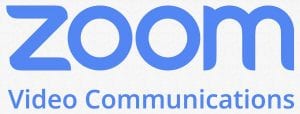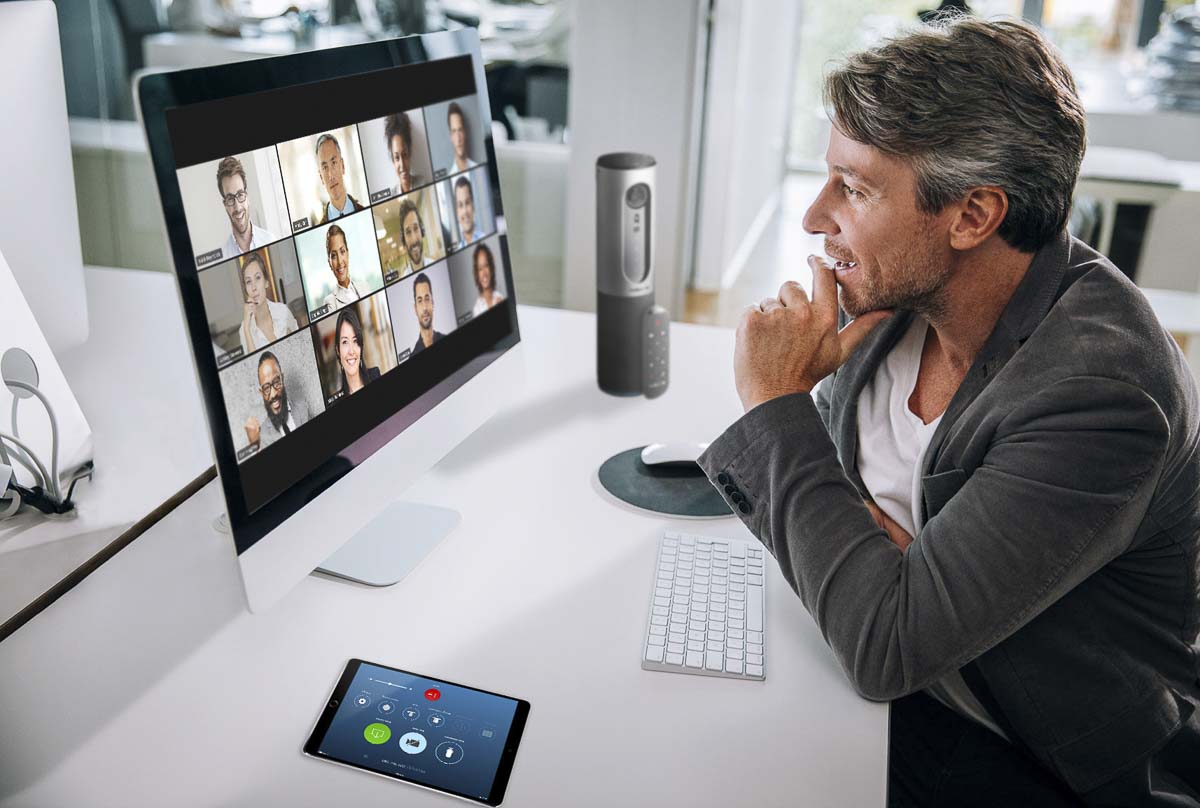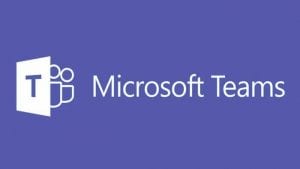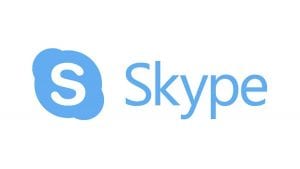Which of four popular video calling platforms is best for you? We asked some area employees and residents for their picks
CLARK COUNTY — If there is one positive skill to be learned during the steadily increasing restrictions, social distancing and “Stay Home” orders due to COVID-19, perhaps it is how to better use video conferencing and calling programs. But which one?

With dozens, if not hundreds, of video conferencing and calling services available, it’s hard to decide which one may be the best for small businesses, families, corporations, etc.
According to Owl Labs, a company that researches video conferencing and manufactures a 360-degree video meeting device, around 50 percent of video conferencing users spend over 10 minutes per meeting simply trying to figure out the software. In addition, only 35 percent said they already had a program installed and were using it.
ClarkCountyToday.com reached out to some area businesses, churches and nonprofits to see which programs they were using right now. We also compiled a list of four of the most widely used and rapidly growing video calling and conferencing programs, with some pros and cons.
Let’s dive in.
First off, the following platforms are not ranked in any particular order, but instead each carry their own anecdotes and list of pros and cons.
1. Zoom

This is quite possibly the most up-and-coming video communications service, and the one you’ve likely heard the most about recently. Zoom, like many video calling platforms, uses a tiered payment plan. The free plan offers many of the abilities the paid plans do, with some obvious limitations.
According to Owl Labs, as of 2019 Zoom is one of the top three most used video calling platforms. Creating an account with Zoom is free and only requires an email address. The company offers video calling, instant messaging, frictionless conversations, and conference capabilities.

The frictionless conversations refers to the ability to host a large number of people, (as many as 200), in one call with features allowing the host to manage who speaks as well as views which highlight who is speaking based on audio levels.
Some pros for Zoom include:
- Free set up and basic option
- 100 people in a free call
- Unlimited number of meetings
- A plethora of video tutorials
- Only the host of a meeting needs to have a paid account for all services to work for everyone on the call
- Has a mobile app
Some cons for Zoom include:
- 40 minute limit on free meetings of three or more people
- Interface has a bit of a learning curve
Via Facebook, we reached out to several businesses, churches and nonprofits to see what they use. Here’s some who are using Zoom:
Dawn, a teacher with Battle Ground School District, is using Zoom for remote school meetings while closures are in place.
Ryan, the head pastor at River City Church in Vancouver, is using Zoom for his staff meetings and has had a positive experience with it.
Phil, with the Northwest branch of National Network of Youth Ministries, said they have found Zoom effective for years, and are currently still using it.
Andrew, an area filmmaker, is currently using Zoom to communicate remotely.
Joe, a member of City Harvest Church in Vancouver, is using Zoom to communicate with the high school students in his small group while the church’s youth group is not meeting in person.
Zoom has also created a specific link on their main website to help users affected by the COVID-19 pandemic. At the bottom of this article, there is a link to an in-depth video tutorial for Zoom.
2. Google Hangouts Meet

Google Hangouts is the commonly used instant messaging service that comes free with any Gmail account. Added on to this service is Hangouts Meet, which incorporates more robust video calling in addition to the service that comes with Hangouts.
According to Owl Labs, Google Hangouts is also one of the top three most used video calling platforms. As part of their response to COVID-19, Google is making all of its advanced Hangouts Meet features available to G Suite customers through July 1.

When we reached out to some of our readers about Hangouts we found they were using it and using it in different ways; both personal and business.
Cindy helps run Camp Hope, a youth camp facility in Battle Ground, and her team has been using Hangouts for meeting remotely. She also has used it with clients as well when she does web design work.
Drew, who lives in Vancouver and works for a Portland company school districts use for student information, highly recommended Hangouts. He uses it at home and for work.
Some pros for Google Hangouts Meet include:
- Both free and paid options
- Already integrated into a Gmail account
- Advanced features for G Suite due to COVID-19
- Ability to host up to 250 people with G Suite
- Has a mobile app
Some cons for Google Hangouts Meet include:
- Extra functions require paid G Suite
- Potential lag depending on internet source
3. Microsoft Teams
Microsoft Teams is only available with a work or school version of a Microsoft email account, however, Microsoft is currently making Teams available to anyone who wants to use it to work or study remotely for free.

The software is available on mobile and desktop, and has the ability to share files and do instant messaging. Users of Microsoft Outlook or the Microsoft Office suite will find many integrations within Teams as well.
Steven, who works at the Vancouver location of engineering firm Harper Houf Peterson Righellis Inc., said his company currently uses Teams for video conferencing, document sharing, scheduling, and messaging.
Some pros for Microsoft Teams include:
- Currently more accessible due to COVID-19
- Integration with Microsoft Office 365
- Document and file sharing
- Mobile app available
Some cons for Microsoft Teams include:
- Not peak performance on non-Microsoft devices
- Potential lag depending on internet source
4. Skype
Possibly one of the older, but better known forms of video conferencing and calling, Skype is also owned by Microsoft and allows users to make calls for free in most cases.

Skype has integrations with Xbox, as well as other Microsoft products, and is available for mobile and desktop download on Mac, PC and Linux. Skype also has integration with Amazon’s Alexa on the company’s Echo devices.
In many cases, Skype is reliable, but more traditionally used for one-on-one video calls or for audio-only group calls. It has shown greater reliability in some internet connection situations over Apple’s FaceTime.
Jenny, who runs the Police Activities League (PAL) in Vancouver, said she has used Skype and FaceTime primarily and found them to be reliable. She is now using Zoom as well.
Some pros for Skype include:
- More established software, name recognition
- Fairly basic user interface
- Integration with Microsoft and Xbox
- Most functions are available for free
- Mobile app available
Some cons for Skype include:
- Software is becoming outdated
- Limited features within video calls
For more information refer to the links on each of the platform’s names, respectively. You can also reach out to us at ClarkCountyToday.com on social media.




